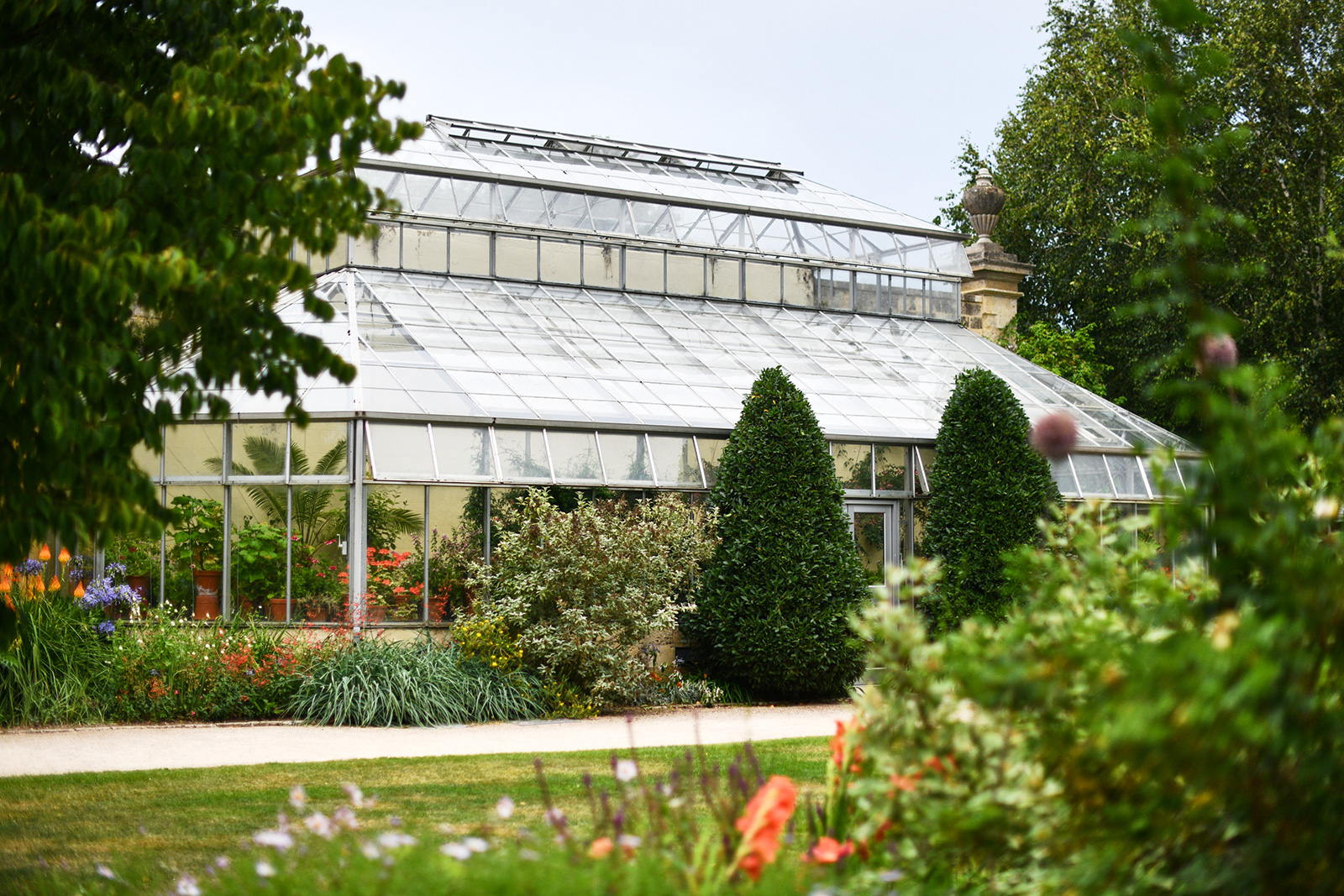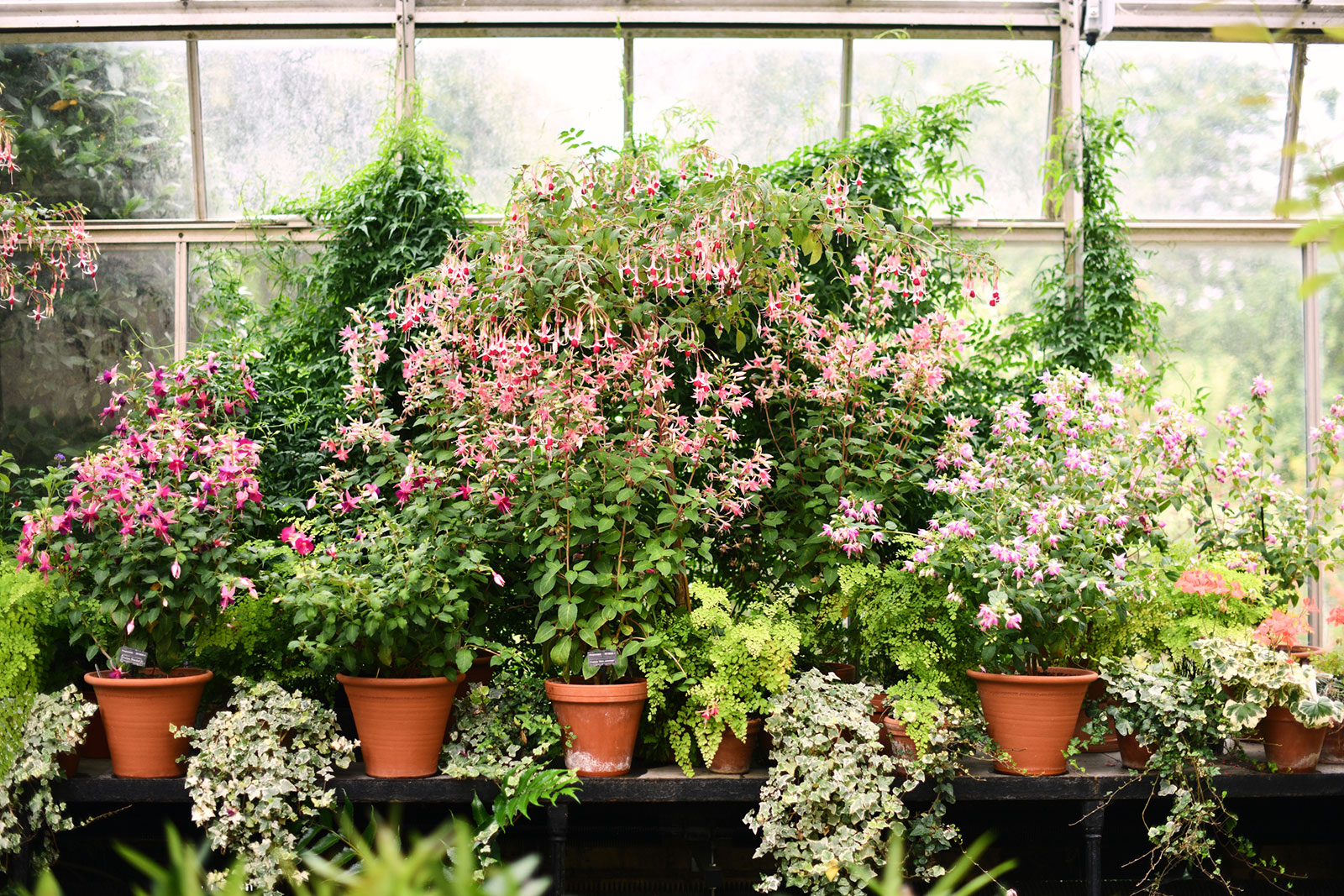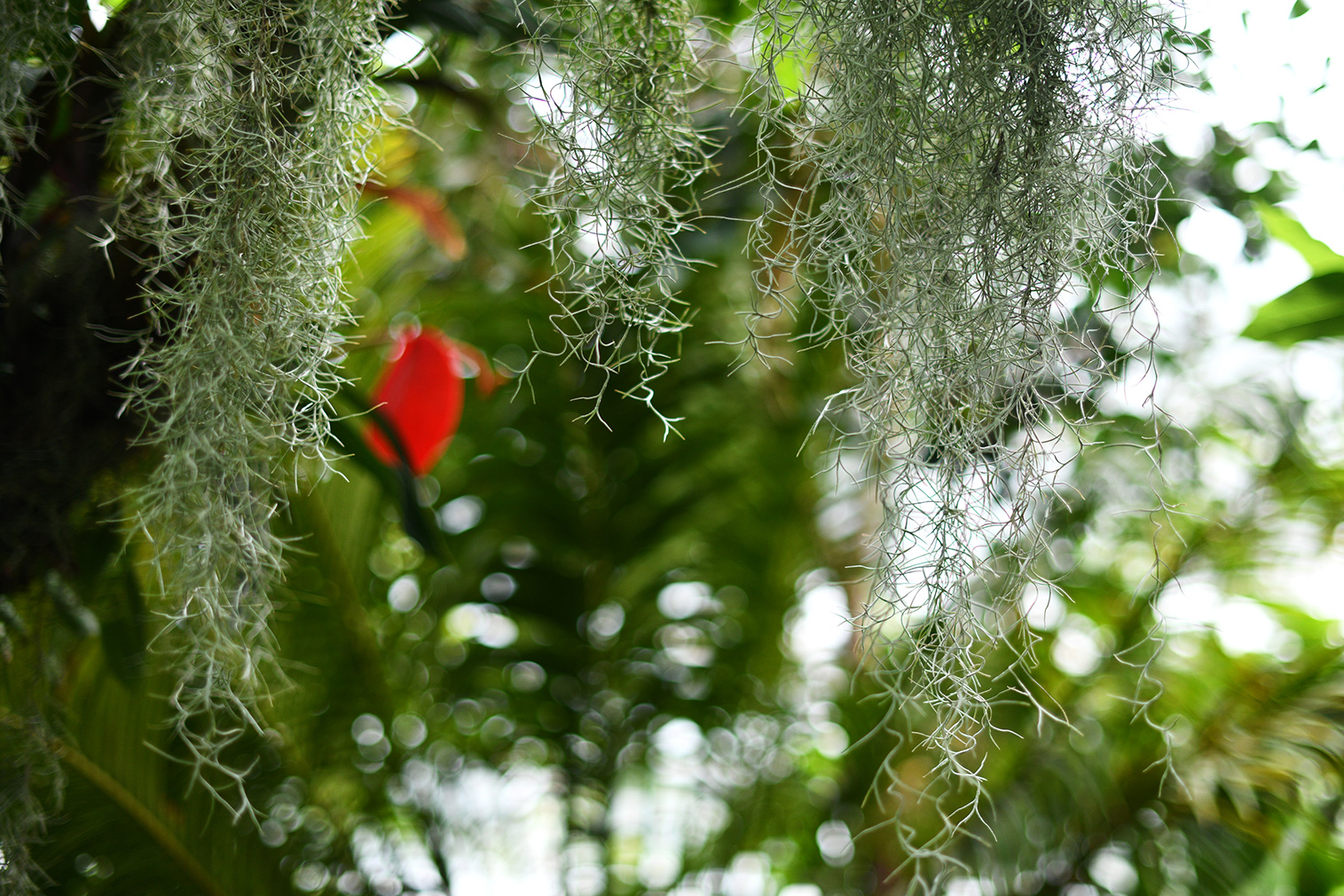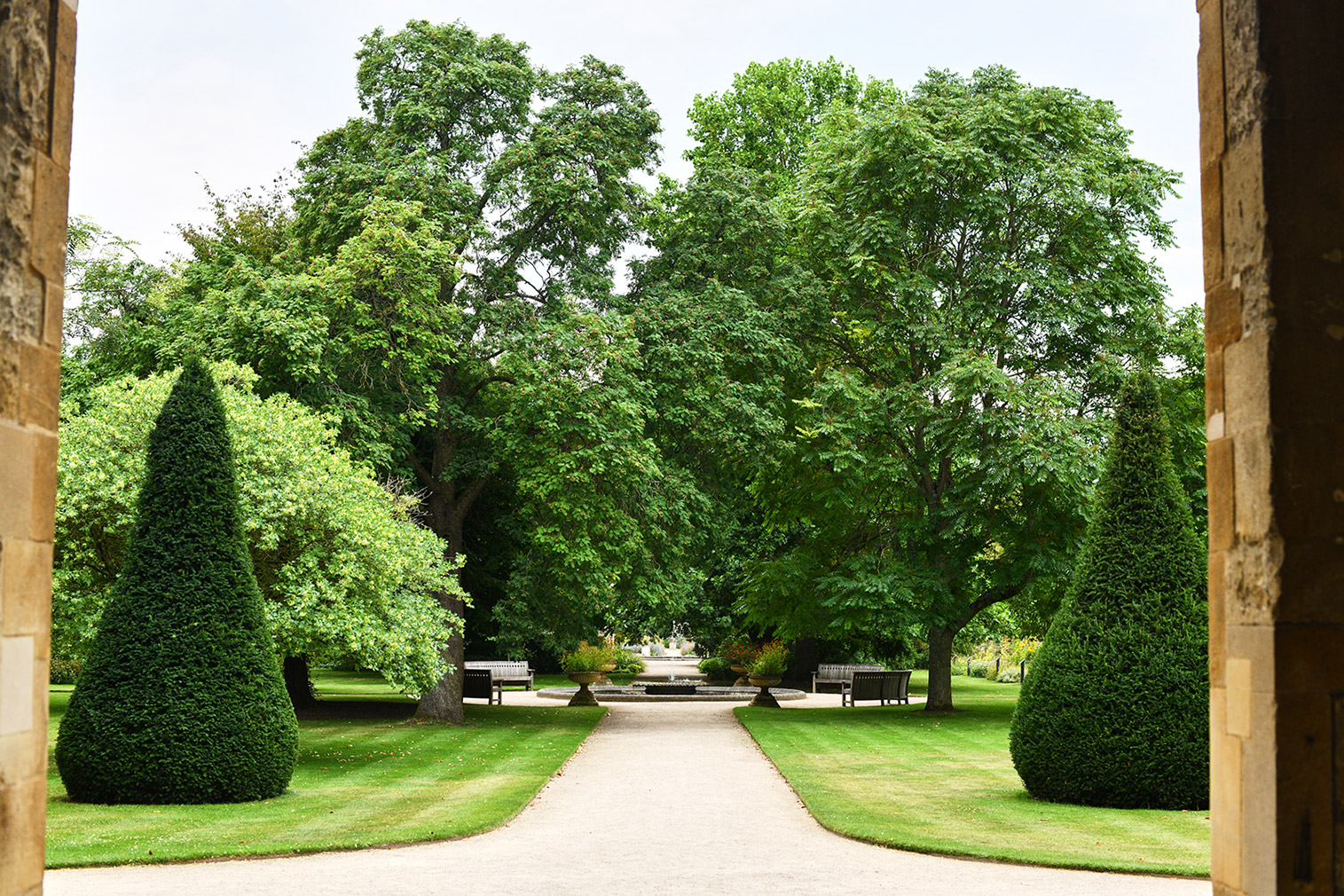Fuchsias and geraniums cascade from a windowsill under the honey-coloured glow of a limestone facade. Potted ferns languish in the sunken scent of hyacinth – a bundle of stars amongst clouds of hydrangeas.
Beyond the glass, the familiarity of an English conservatory soon unravels. Potted citrus trees bask outdoors for the summer, while an ochre archway frames a pair of Chinese windmill palms. And in its midst: a second greenhouse, revealing a sweep of banana leaves, then a third, silhouetted with fierce talons of cacti.

Photography: Louise Long for The Spaces
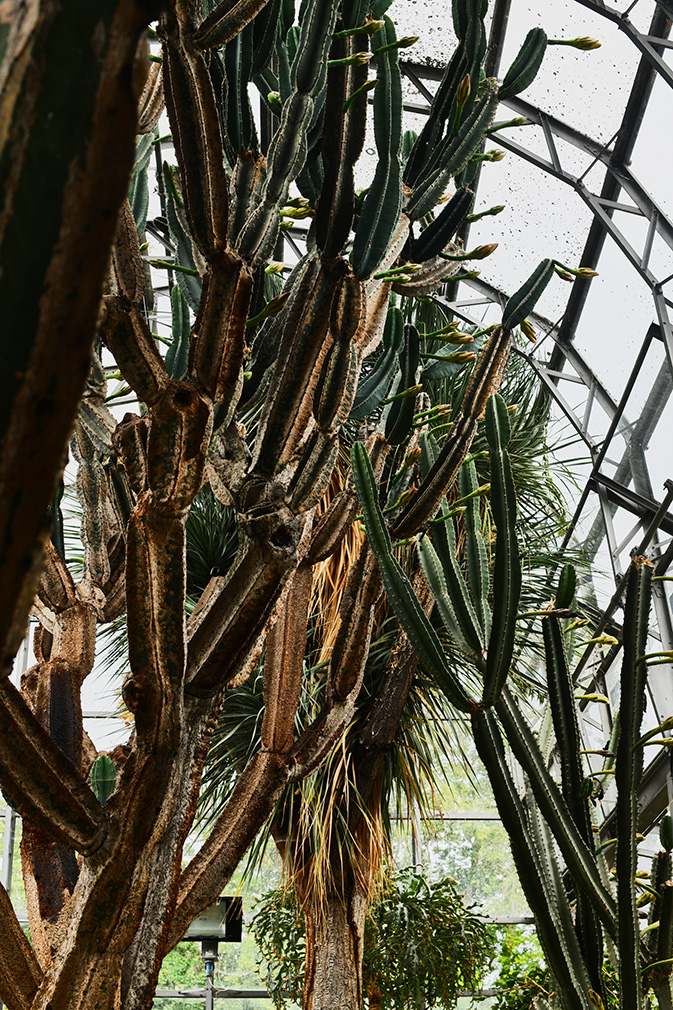
Photography: Louise Long for The Spaces

Photography: Louise Long for The Spaces

Photography: Louise Long for The Spaces

Photography: Louise Long for The Spaces

Photography: Louise Long for The Spaces

Photography: Louise Long for The Spaces

Photography: Louise Long for The Spaces

Photography: Louise Long for The Spaces

Photography: Louise Long for The Spaces
This is no ordinary garden – but Oxford’s Botanic Garden. Founded in 1621, it is the oldest of its kind in the UK, with a botanical collection spanning seven glasshouses – journeying from jungle to swamp, arid desert to alpine pasture.
Strung along the grassy bank of the Cherwell river, this framework of steel and glass harbours a kaleidoscope of botanical life. From the summertime garden’s sedate herbaceous border, a door onto the Rainforest House announces a soaring tropical panorama. Lush, humid, and inescapably green – all but for a salsa of pink bananas and a peppering of rosy periwinkle (grown for the treatment of leukemia).
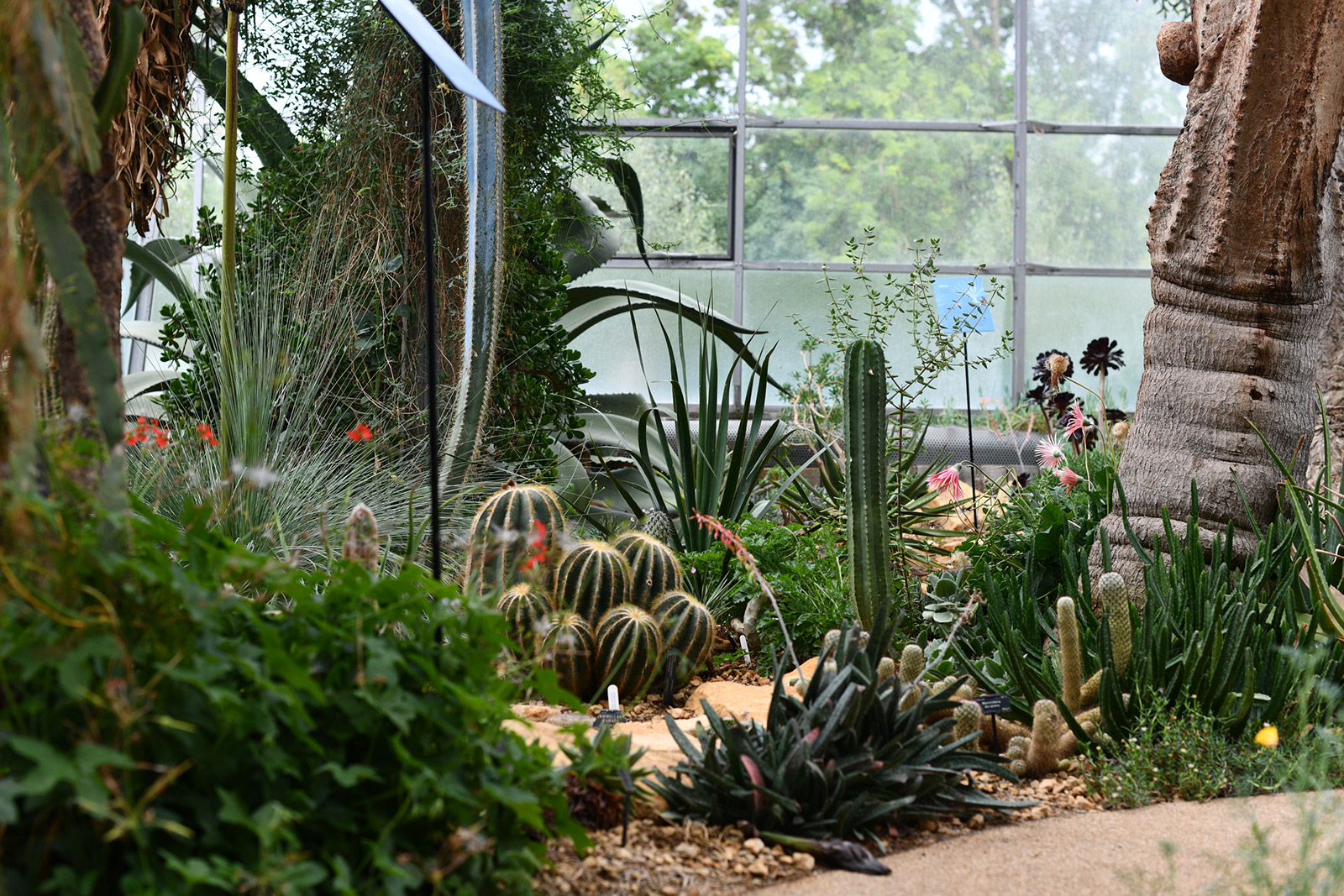
Next, The Water Lily House – an inky pond chequered with lily pads, sacred lotuses and rice plants- uniquely adapted to their aquatic environment. It neighbours The Cloud Forest, dangling with Nepenthes pitcher plants, carnivorous and lurid lime green. Then the finale: a sandy desert-scape of flowering succulents, steely agaves and giant euphorbia – whose splayed branches soar six metres skyward, as if reflecting the steel tracery overhead.
More than just seven unique habitats, these glasshouses are time-capsules of botanical wisdom and individual dedication; havens for innovation, conservation and research. They stand as a homage to a whole world of diverse and precious botanical beauty.
